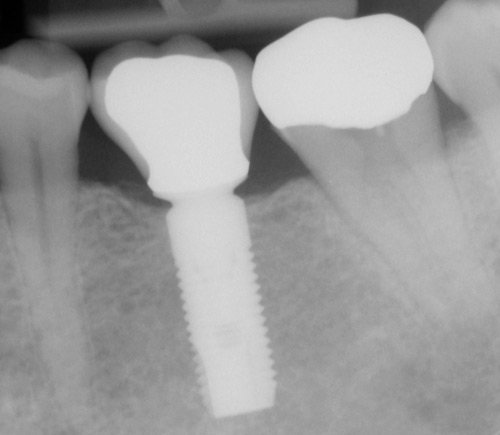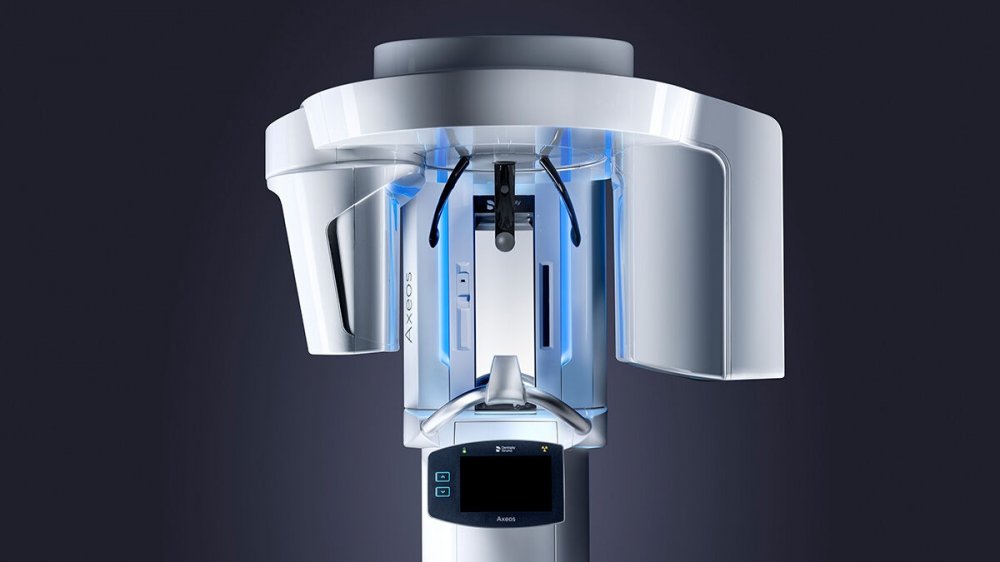- Contact Info
- P (250) 390-3392
- F (250) 390-3359
- E Send Email
- Clinic Hours
- 8:00am–5:00pm
- Monday–Thursday
- & Some Fridays
- Our Location
- 6441 Applecross Road
- Nanaimo, BC V9V 1K8
- View Map
Prevention and cleaning is so important when it comes to your teeth.
![]()
We employ several gentle and experienced dental hygienists who will carefully and thoroughly clean your teeth. Our thorough dental exams will provide you with a clear picture of your current oral health by using the latest techniques and technology.
Proper oral hygiene instruction on the latest techniques and materials will be provided, and nutritional counselling can be provided to help you achieve and maintain your dental health.
Why should I have my teeth cleaned?
Tartar causes bad breath. 90% of the tartar is bacteria, causing gum inflammation and disease. More teeth get lost because of gum disease than cavities.
Our goal is help you build a complete dental program to ensure your teeth both become and stay healthy and strong.
 X-ray showing an implant with custom abutment and crown.
X-ray showing an implant with custom abutment and crown.
“A picture is worth a thousand words”, and that’s especially true when taking care of your teeth! We will show you your digital x-rays on an iPad or the computer screen. These high-resolution images make it easy to understand your current level of oral health, as well as what areas could be improved. No more looking at tiny pieces of plastic film!
It’s important to know that the radiation from dental imaging is very minimal. A radiograph only gives two microsieverts (μSv). This is equivalent to the radiation that you receive just from spending four hours indoors (from drywall, dust, granite, etc).
Why should I get x-rays?
X-rays are an inexpensive method for finding problems in their early stages. This includes cavities, tooth fractures, calcifications, gum and bone problems, abscesses, tumours, sinus problems, and other pathologies.
We offer dental imaging using:
Did you know? Dr. Klaus wrote his doctorate thesis on radiation. If you’re also really curious about radiation, our Patient Resources page has some informative links.
Together we use these tools to show you your needs as well as the final result. They truly are “conversation starters” here at the clinic!
![]()
Cone Beam Computed Tomography (CBCT) is a special type of x-ray technology used when regular dental radiographs are not sufficient. We may use this technology to produce a 3D image of your teeth and jaw to help us diagnose and plan.
A CBCT scanner – at Applecross we use the Dentsply Sirona Axeos – uses a special type of technology to generate 3D images of dental structures, soft tissues, nerve paths and bone in the jaws in a single scan. Images obtained with cone beam CT allow for more precise treatment planning.
 Dentsply Sirona Axeos scanner
Dentsply Sirona Axeos scanner
With a CBCT, an x-ray beam in the shape of a cone is moved around the patient to produce a large number of images, also called views.
During a CBCT examination, the scanner arm rotates around your head in a complete 360-degree horizontal rotation while capturing multiple images from different angles that are reconstructed to create a single 3D image. This image consists of Voxels. These voxels are like pixels, but 3D and not 2D.
The Field of View (FoV) can be minimized to reduce radiation, depending on what area needs investigating.
The benefit of an accurate diagnosis and proper treatment plan by far outweighs the risk involved with CBCTs by a factor of tens of thousands. Still, we have to be wise when we use radiation.
Benefits of CBCT:
Risks of CBCT:
Pregnancy & CBCT
Tell your dentist if there’s a possibility you are pregnant. We will always ask you before taking a CBCT.
Fillings don’t have to be silver or unsightly – we can make your fillings invisible!
In fact, 95% of the fillings done in our office are nearly invisible white composite fillings. The rest are evenly divided between other material choices, such as silver (amalgam) or gold, and usually only by patient request.
Amalgam silver fillings are so last millennium!
It’s almost always worth it to opt for the more esthetic, white composite solution, although gold fillings can be an excellent choice on back molars.
To learn more about the advancements in dental fillings, check out What filling options do I have? in our Dental FAQs section.